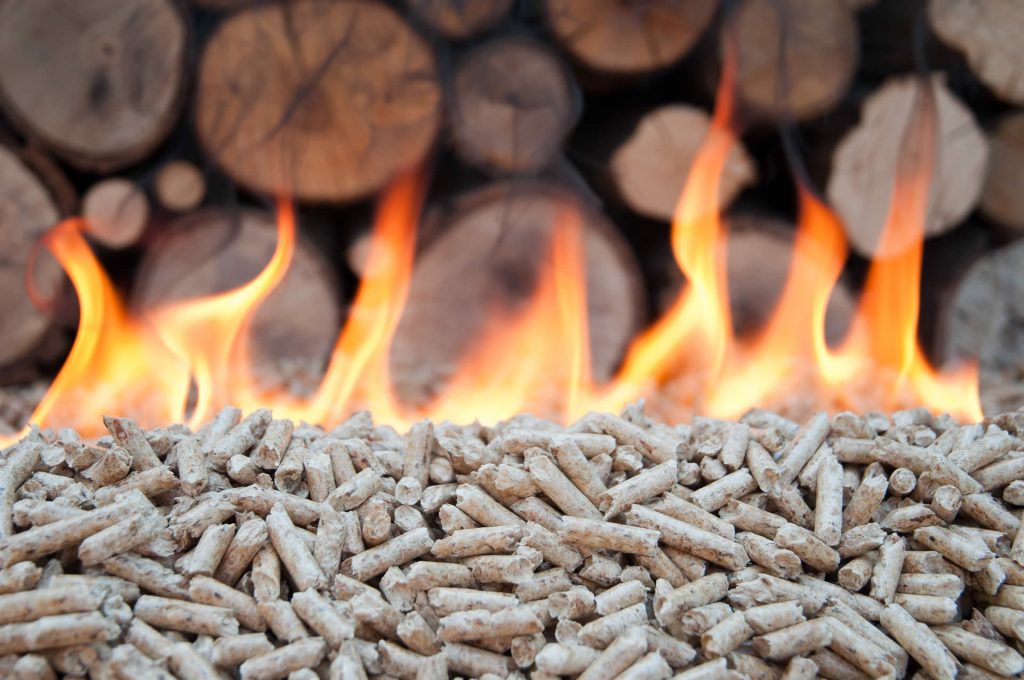Love the idea of an environmentally friendly boiler to keep your dream home warm this winter? A wood pellet boiler might be for you!
If you’re not familiar with wood pellets, they’re basically sawdust compressed into small pellets.
A wood pellet boiler has a hopper with an auger drive (think a big screw) to shift the pellets into the burner. You buy the pellets in bags, and you empty them manually into the hopper. This can be an issue if you’re not able to handle heavy lifting, and more of a problem if you can’t get them delivered.The wood pellet boiler itself is quite a big beast. In a gas or diesel boiler, you can shut off the fuel supply by closing a valve, and the boiler turns off. Not so with a pellet boiler – like all solid fuel burners, you have to wait for the wood in the furnace to finish burning before you can turn off the boiler.
For that reason, the boiler has a complex control system to keep water circulating through it until its fuel has completely burned down. You also need to keep a buffer tank of water for the boiler to dump excess heat to, and this might be 500-1000L in size, depending on the size of the boiler.
The boiler also needs a flue, which will be substantial in size and cost. For a typical domestic pellet boiler, you might need a flue 150mm in diameter (including an insulation layer) which would need to extend through your roof.
The pellets can’t get wet, so all the plant equipment needs to be in a garage space or a purpose-built plant room.
All of which leads to the main drawback of wood pellet systems – capital cost.
As a rough guide, a wood pellet boiler will set you back an additional $5,000 compared to a diesel boiler system. Plus the extra space required for all the equipment.
On top of that, the cost of wood pellets can vary greatly. In some regions, they might be subsidised by a renewable fuel initiative, in other places they’re not. Depending on where you live there might also be a grant available for a renewable energy boiler. Your supplier should know if there’s any kind of rebate available.
In summary, it’s important to do your homework if you’re seriously considering a wood pellet boiler for your home. They’re a perfectly good piece of equipment, provided that you’re happy to load the pellets yourself.
But definitely check the price and availability of fuel. Ask your designer how many bags you’ll go through each month, you don’t want to find that you spend more on petrol driving to buy more pellets than you saved on heating costs with your pellet boiler!
Pros:
Renewable fuel
Pellets might be cheap depending on where you live
Cons:
Expensive and space-intensive to install
Have to manually load the pellets


